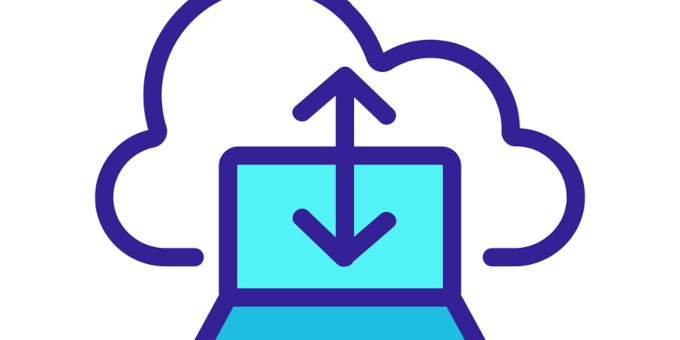
Advice

eDiscovery Cloud Migration: Four Steps to Success
- 2 Mins
For organizations making the shift to cloud-based eDiscovery tools, achieving the best outcomes requires planning, stakeholder involvement, and change management. Epiq’s Managed Services Implementation team helps clients with this transition on a daily basis. Drawing from this experience, we've summarized steps you can use to lead your team to success.
Step 1 — Setting the stage: Stakeholder identification and scoping
The first step in transitioning to the cloud is identifying the stakeholders. eDiscovery's multidimensional nature means that many professionals play a role, from legal and IT professionals to project managers and end-users. Once you’ve identified these stakeholders, take the time to understand their unique requirements, challenges, and how the migration impacts their workflows.
Information from your stakeholders will inform strategic scoping. Some items you will need to scope include the scale of data involved, the features required in the destination environment, and any risks associated with data transfer.
Step 2 — Communication: Building bridges between tech and teams
Successful migrations require clear and precise internal and external communications. From daily status updates to periodic reports, every piece of information should be understandable by both technical teams and non-technical stakeholders.
However, communication can’t just be about status or errors. You need to describe the purpose and benefits of migration and educate users about the new environment.
Step 3 — Workflow design and onboarding: Seamless integration
The next step in your migration is redesigning workflows related to discovery components, monitoring methods, and quality control. These new workflows need to align with existing processes in your surrounding environment.
Once your workflows are set, onboard your team. While most organizations use training sessions, you should also plan for continued support until all stakeholders are comfortable in the new environment. They need to understand how each tool works and why they should want to use it. It is important to communicate intended outcomes and how the new tool solves problems, not just the buttons your end-users need to click.
Step 4 — The migration challenge: Strategy, monitoring, and quality control
Migrating highly sensitive eDiscovery data requires precision. Depending on the scale, various methods come into play. For instance, Relativity offers defensible and secure techniques from basic transfers to holistic environment shifts.
An effective migration strategy also requires monitoring, including periodic status updates, proactive error identification, and maintaining open channels of communication throughout. Quality control should ensure every piece of transferred data is verified and accounted for in the destination.
Take the leap with confidence
Follow these steps and you will be well on your way to a successful eDiscovery cloud migration. If you need extra help or are looking for a partner to ensure you have not missed any details, consider working with an experienced Alternative Legal Services Provider (ALSP). Our team at Epiq would be happy to help!
 Brandon Hollinder is a licensed attorney, CEDS, and holds the position of vice president of eDiscovery and Cyber solutions at Epiq. He has more than 15 years of experience in the eDiscovery managed services, document review, and cyber fields.
Brandon Hollinder is a licensed attorney, CEDS, and holds the position of vice president of eDiscovery and Cyber solutions at Epiq. He has more than 15 years of experience in the eDiscovery managed services, document review, and cyber fields.
The contents of this article are intended to convey general information only and not to provide legal advice or opinions.
